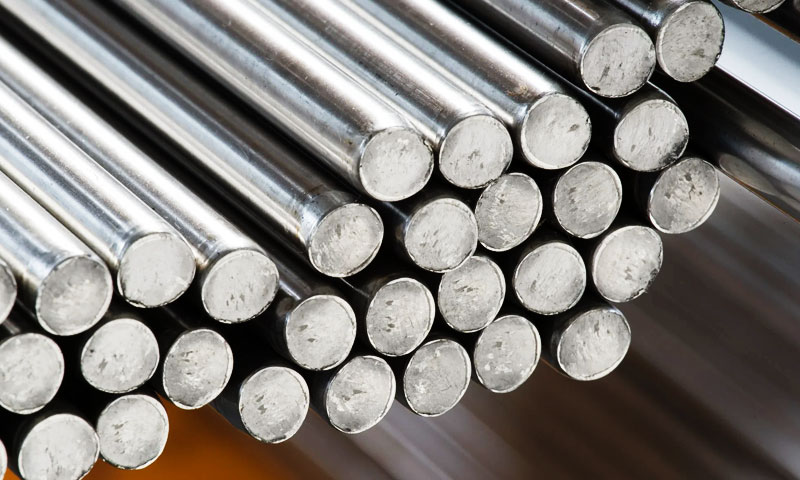1. مقدمه
1.4122, commonly referenced by its European designation X39CrMo17-1, is a martensitic chromium stainless steel designed to deliver a blend of سختی, wear resistance and reasonable corrosion performance.
It occupies a practical middle ground between tool steels and corrosion-resistant stainless grades: hardenable by heat treatment to high strengths and abrasion resistance, yet offering better resistance to corrosion than many carbon steels.
2. چیست 1.4122 فولاد ضد زنگ
1.4122 (همچنین خوانده می شود X39CrMo17-1) است martensitic chromium فولاد ضد زنگ — a hardenable, magnetic stainless grade designed to deliver a balance of high hardness/wear resistance وت مقاومت در برابر خوردگی متوسط.
Engineers choose 1.4122 for components that require sharp edges and durable cutting surfaces (کارد و چنگال), precision shafts and spindles, wear parts and certain valve or pump components where moderate corrosion resistance is adequate.
It is distinct from austenitic stainless steels (به عنوان مثال, 304) that are non-magnetic and highly corrosion-resistant, and from ferritic grades that are not hardenable by quenching;
1.4122’s defining characteristic is its martensitic microstructure after quenching, which produces high hardness and strength.
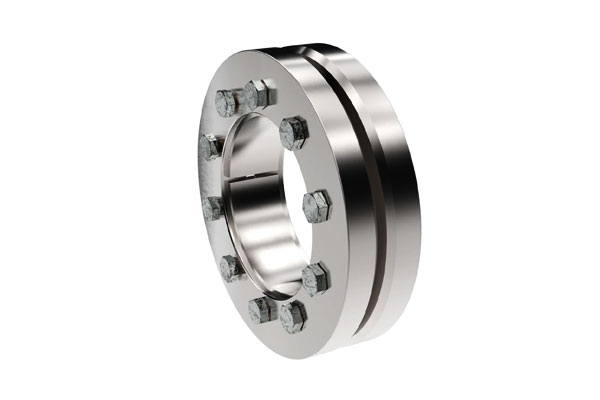
3. ترکیب شیمیایی 1.4122 فولاد ضد زنگ
Below is a clean, professional table showing the chemical composition ranges for 1.4122 (X39CrMo17-1) stainless steel together with a concise, engineering-focused description of the role each element plays in this alloy.
| عنصر | دامنه (وزنی ٪) | Primary role(حرف) — concise |
| جف (کربن) | 0.33–0.45 | Main hardening agent — increases martensite hardness and wear resistance; reduces toughness and weldability at high levels. |
| کلوچه (کروم) | 16.5–17.5 | Provides corrosion passivity and contributes to hardenability and carbide formation. |
| مس (مولیبدن) | 0.80–1.30 | Improves hardenability, strength and resistance to localized corrosion. |
| در (نیکل) | ≤1.00 | Minor toughness aid; kept low to retain martensitic response. |
| منگنه (منگنز) | ≤1.50 | Deoxidizer and mild hardenability aid. |
وت (سیلیکون) |
≤1.00 | Deoxidizer and modest solid-solution strengthener. |
| پ (فسفر) | ≤0.04 | Impurity — kept low to avoid embrittlement and fatigue loss. |
| حرف (گوگرد) | .0.015 | Minimized (not a free-machining grade) because it lowers toughness and fatigue performance. |
| با (اتو کردن) | تعادل | Matrix element — forms the martensitic steel base. |
| Trace elements (از, حرفهای, مس, حرف, و غیره) | به طور معمول <0.05–0.20 | Small micro-alloying effects or tramp elements; can refine grain or slightly modify properties when present. |
4. خصوصیات مکانیکی 1.4122 فولاد ضد زنگ
Mechanical properties vary with heat treatment state. Below are representative ranges used for design guidance.
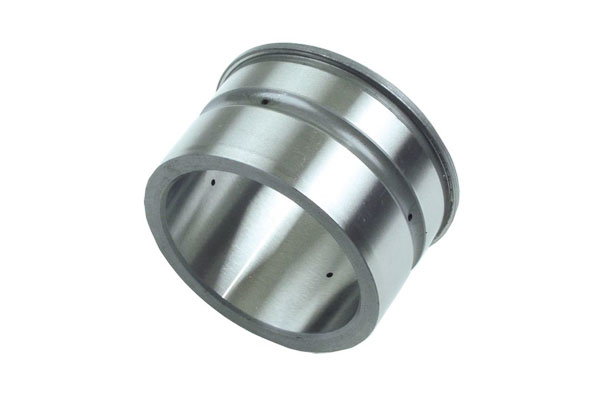
| وضعیت / treatment | سختی (HRC) | استحکام کششی (بیدر, MPA) | 0.2% Proof / بازده (MPA) | کشیدگی (بوها, %) | charpy v-notch (تقریبا, j) |
| نرم / عادی شده (delivery) | ~20–30 HRC | ~500–700 MPa | ~300–450 MPa | 10- 18 % | 30–60 J |
| خاموش & tempered → ~40 HRC (typical engineering temper) | ≈38–42 HRC | ~800–950 MPa | ~600–800 MPa | 8–12 % | 15–30 j |
| خاموش & tempered → ~48–52 HRC (سختی زیاد) | ≈48–52 HRC | ~1,000–1,300 MPa | ~800–1,100 MPa | 3–8 % | 5-20 J |
| Maximum hardening (نزدیک 55+ HRC) | >55 HRC | >1,300 MPA | عالی (approaching UTS) | کم (<3 %)* | کم (<10 j) |
5. Magnetic and Physical Properties of 1.4122 فولاد ضد زنگ
Understanding the magnetic and physical properties of 1.4122 stainless steel is critical for design engineers, particularly when specifying components for precision machinery, ابزار, or applications where thermal expansion and conductivity matter.
| دارایی | ارزش معمولی | پیامدهای مهندسی |
| تراکم | 7.75–7.80 g/cm³ | Weight calculations, dynamic load, طراحی جزء |
| هدایت حرارتی | 19-24 w/m · k | Heat dissipation, machining and thermal distortion |
| ضریب انبساط حرارتی | 10–11 ×10⁻⁶ /K | Dimensional stability under thermal cycles |
| گرمای خاص | 460 j/kg · k | Thermal management during processing |
| رفتار مغناطیسی | فرومغناطیسی | Consider in sensor proximity, electronic interference, magnetic assembly |
6. مقاومت در برابر خوردگی
1.4122 stainless steel provides مقاومت در برابر خوردگی متوسط, superior to plain carbon steels but inferior to austenitic stainless steels.
Environments where it performs acceptably
- Fresh water and mildly oxidizing industrial atmospheres
- Organic acids and mild chemical environments, when polished or passivated
محدودیت ها
- Not recommended for محیط های غنی از کلرید (آب دریا, آبسری) where pitting and crevice corrosion become significant.
- Localized corrosion resistance decreases with increasing hardness and tempering that expose microstructural heterogeneities.
Surface finishing and passivation
- جلا دادن to a fine finish and منفعل شیمیایی (به عنوان مثال, nitric acid treatment) improve corrosion performance by strengthening the passive film.
- پوشش (رنگ, آبکاری) or cathodic protection are common for long service life in marginal environments.
7. Heat Treatment and Hardening
عملیات حرارتی tailoring is central to using 1.4122 بطور مؤثر.
Typical hardening schedule
- بذله گویی: heat to roughly 980–1020 °C (typical range for martensitic stainless steels; exact temperature depends on section size and furnace control) to form austenite.
- فروکش: rapid cooling in oil or polymer quench to transform to martensite. Water quenching may be used but increases risk of distortion and cracking.
- خویشاوند: reheat to 150-600 درجه سانتیگراد depending on required final hardness/toughness balance.
Lower temper temperatures yield higher hardness and lower toughness; higher temp yields lower hardness but better ductility and impact resistance.
Hardening response
- Carbide-forming elements (کلوچه, مس) and carbon content drive hardenability. 1.4122 exhibits good response allowing designers to select temper cycles for specific mechanical targets.
اثرات
- Strength increases dramatically after quench and temper.
- سختی can be restored partially by tempering; there is a well-known tradeoff between hardness and toughness.
- قابلیت تغییر generally worsens after hardening; most machining is done in annealed or partially tempered conditions.
8. Machinability and Fabrication
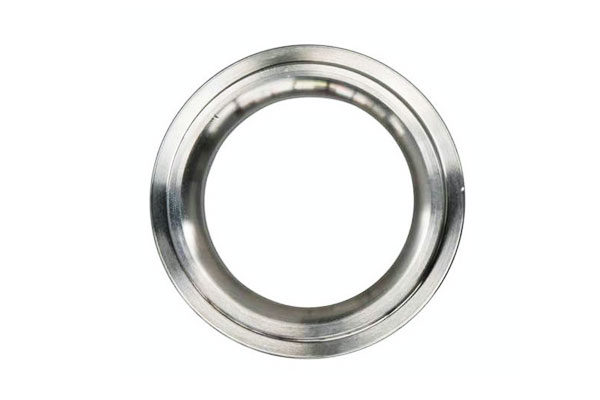
قابلیت تغییر
- Medium in annealed condition. In soft condition, 1.4122 machines comparable to other martensitic grades with appropriate tooling and cutting speeds.
Use sharp high-speed tooling, adequate coolant and conservative feeds when machining hardened portions. - Poor when hardened. سختی >45 HRC substantially increases tool wear; grinding and carbide tooling are typical.
قابلیت جوشکاری
- محدود. High carbon and martensitic structure make the steel susceptible to hydrogen-induced cold cracking. Welding generally requires:
-
- از پیش گرم کردن (به عنوان مثال, 150–250 °C depending on thickness)
- Low hydrogen electrodes
- Post-weld tempering or PWHT to relieve residual stresses and soften the HAZ
- For critical parts, welding is avoided or performed with post-weld heat treatment.
تشکیل دهنده
- شکل گیری سرد: limited in hardened state; better to form in annealed condition and then harden.
- شکل گیری گرم: may be used within controlled windows but requires subsequent heat treatment to restore designed properties.
9. مزایا و محدودیت ها
مزایای 1.4122 فولاد ضد زنگ
- سختگیری خوب: can be heat treated to a wide range of hardness and strength values.
- Balanced corrosion resistance: superior to carbon steels in many environments.
- مقاومت در برابر پوشیدن: suitable for cutting edges, shafts and lightly loaded wear parts.
- مغناطیسی: useful where ferromagnetic behaviour is needed.
محدودیتهای 1.4122 فولاد ضد زنگ
- Weldability limitations — requires preheat and PWHT for critical joins.
- Cold formability: poor in hardened state; must be formed in annealed condition.
- Corrosion limits: not recommended for seawater or high chloride environments without protective measures.
- Machining when hardened: high tool wear, special tooling required.
10. کاربردهای صنعتی از 1.4122 فولاد ضد زنگ
1.4122 is used where a combination of high surface hardness, مقاومت در برابر پوشیدن, و مقاومت در برابر خوردگی متوسط لازم هستند:
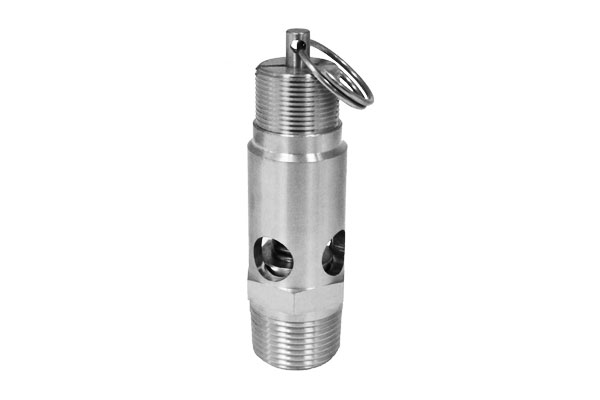
- Cutlery and surgical tools: چاقو, scissors and razors benefit from the balance of hardness and stainless behaviour.
- Mechanical engineering: شفت, دوک نخ ریسی, pins and small gears that require precision, edge retention and good wear lifetime.
- Pumps and valves: ساقه, seats and components exposed to fresh water or buffered fluids.
- Tooling and molds: for polymer processing and light tooling duties where corrosion resistance is helpful compared with plain tool steels.
- Other niche uses: نژادهای تحمل, small structural components, and certain fasteners where hardness and magnetic response are advantageous.
11. Comparison with Related Stainless Steels
1.4122 (X39CrMo17-1) است martensitic chromium stainless steel with balanced hardness, مقاومت در برابر خوردگی, and wear properties.
To guide material selection, it is helpful to compare it with other commonly used martensitic and chromium stainless steels, از جمله 1.4034 (X46Cr13) وت 1.4112 (X90CrMoV18).
| دارایی / الیاژ | 1.4122 (X39CrMo17-1) | 1.4034 (X46Cr13) | 1.4112 (X90CrMoV18) | Engineering Notes |
| کربن (جف) | 0.36–0.44% | 0.42–0.50% | 0.85–0.95% | Carbon controls hardness and wear resistance; higher C increases hardness but reduces ductility. |
| کروم (کلوچه) | 16-18 ٪ | 16-18 ٪ | 16-18 ٪ | Chromium provides corrosion resistance; all three are martensitic grades with moderate corrosion resistance. |
| مولیبدن (مس) | 0.8–1.2 ٪ | 0–0.2% | 0.8–1.2 ٪ | Mo improves pitting and general corrosion resistance, مخصوصاً در 1.4122 وت 1.4112. |
| ودیوم (حرفهای) | ردیابی | ردیابی | 0.1-0.3 ٪ | V increases hardness and wear resistance, استفاده شده در 1.4112 for high-wear tools. |
| استحکام کششی (MPA) | 800–1100 (خاموش & دلپذیر) | 700–1000 | 1000–1400 | 1.4112 is a high-carbon grade designed for maximum wear; 1.4122 balances strength and toughness. |
سختی (HRC) |
50-55 | 48–52 | 56-60 | 1.4112 achieves higher hardness due to higher carbon; 1.4122 suitable for tooling and shafts. |
| مقاومت در برابر خوردگی | معتاد | معتاد | متوسط تا کم | 1.4122’s Mo addition improves resistance to mild oxidizing environments over 1.4034. |
| قابلیت تغییر | معتاد | خوب | ضعیف | دارای کربن 1.4112 is more difficult to machine; 1.4122 balances machinability with hardness. |
| برنامه های معمولی | کارد و چنگال, ابزار, شفت های پمپ, دریچه | کارد و چنگال, سازهای جراحی, قطعات مکانیکی | High-wear tools, چاقو, industrial blades | Selection depends on required hardness, مقاومت در برابر خوردگی, and machining constraints. |
12. پایان
1.4122 (X39CrMo17-1) is a practical martensitic stainless steel that provides a versatile combination of سختی, wear resistance and moderate corrosion resistance.
Its capability to be tailored through heat treatment makes it a go-to choice for cutlery, شفت, valve parts and tooling applications where a compromise between stainless behaviour and high hardness is required.
متداول
What is the typical hardness range achievable for 1.4122 فولاد ضد زنگ?
In delivery/softened condition about 27–33 HRC. After quench and temper the alloy can be adjusted typically to ~40–55 HRC depending on tempering temperature and section size.
است ، 1.4122 stainless steel suitable for seawater service?
No — it has only moderate chloride resistance. For seawater or highly corrosive environments, select duplex or austenitic stainless steels with superior pitting resistance.
Can I weld 1.4122 اجزای فولاد ضد زنگ?
Welding is possible but challenging. Use preheat, low-hydrogen consumables and post-weld tempering to avoid cracking and restore toughness.
How does heat treatment affect toughness?
Tempering at higher temperatures improves toughness but reduces hardness. Select tempering temperature to achieve the required balance for fatigue and impact loads.
بسته به برنامه, 1.4034 may be an economical substitute for lower performance needs; 1.4112 or other high-C martensitics may be used where extreme hardness is required but note differences in corrosion and toughness.
